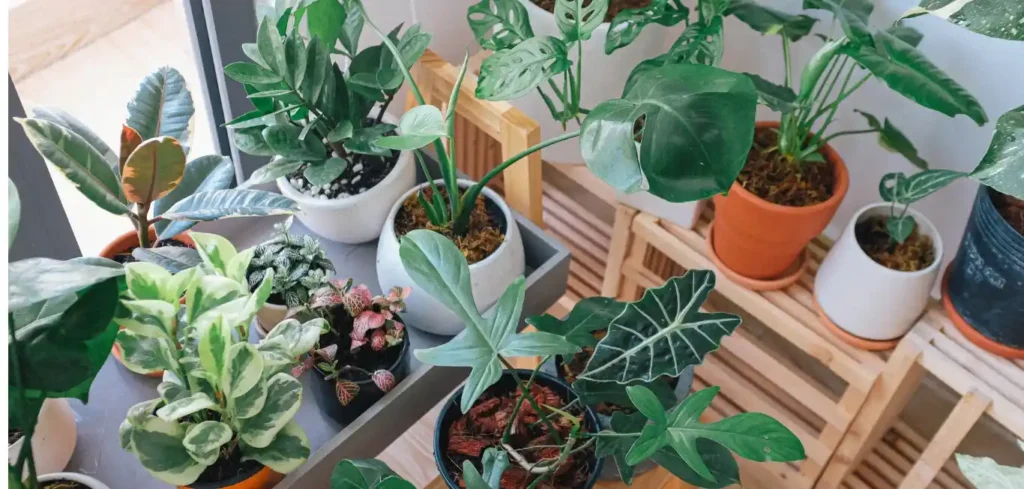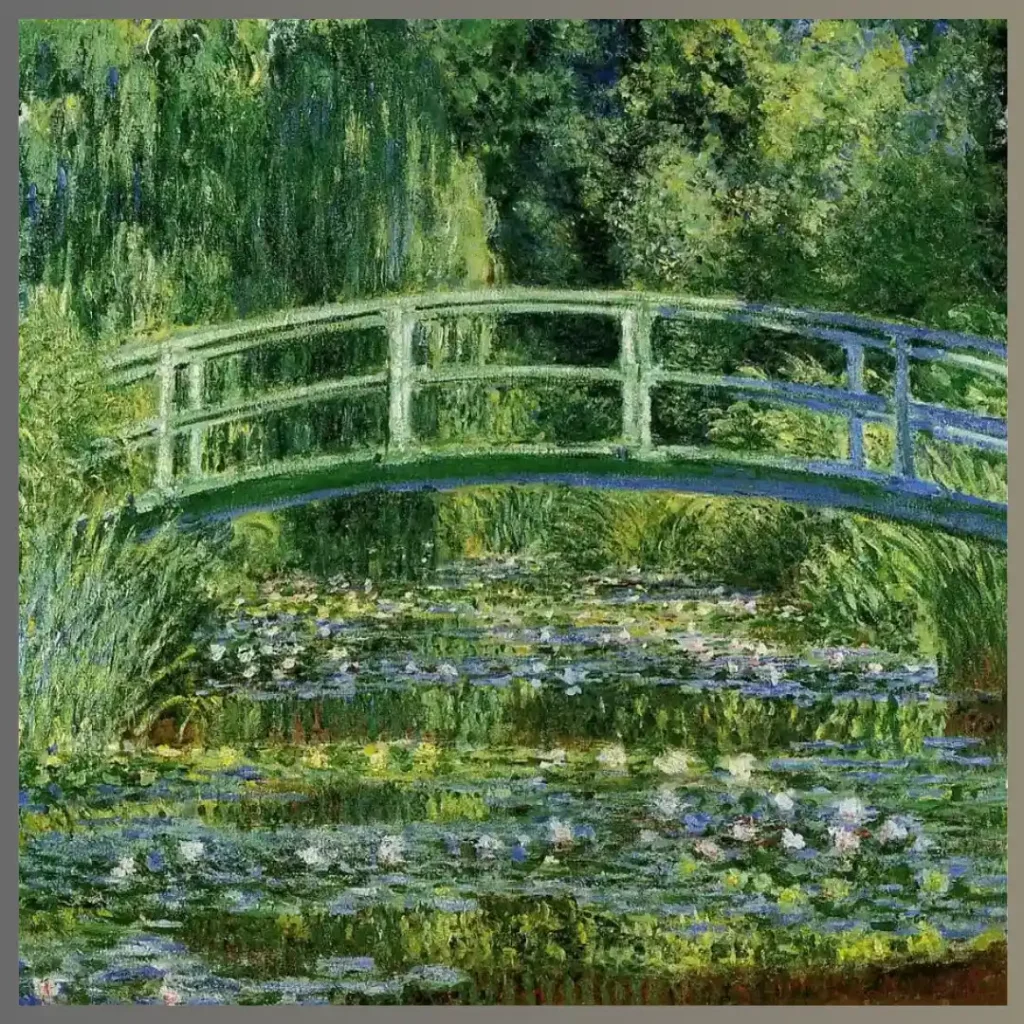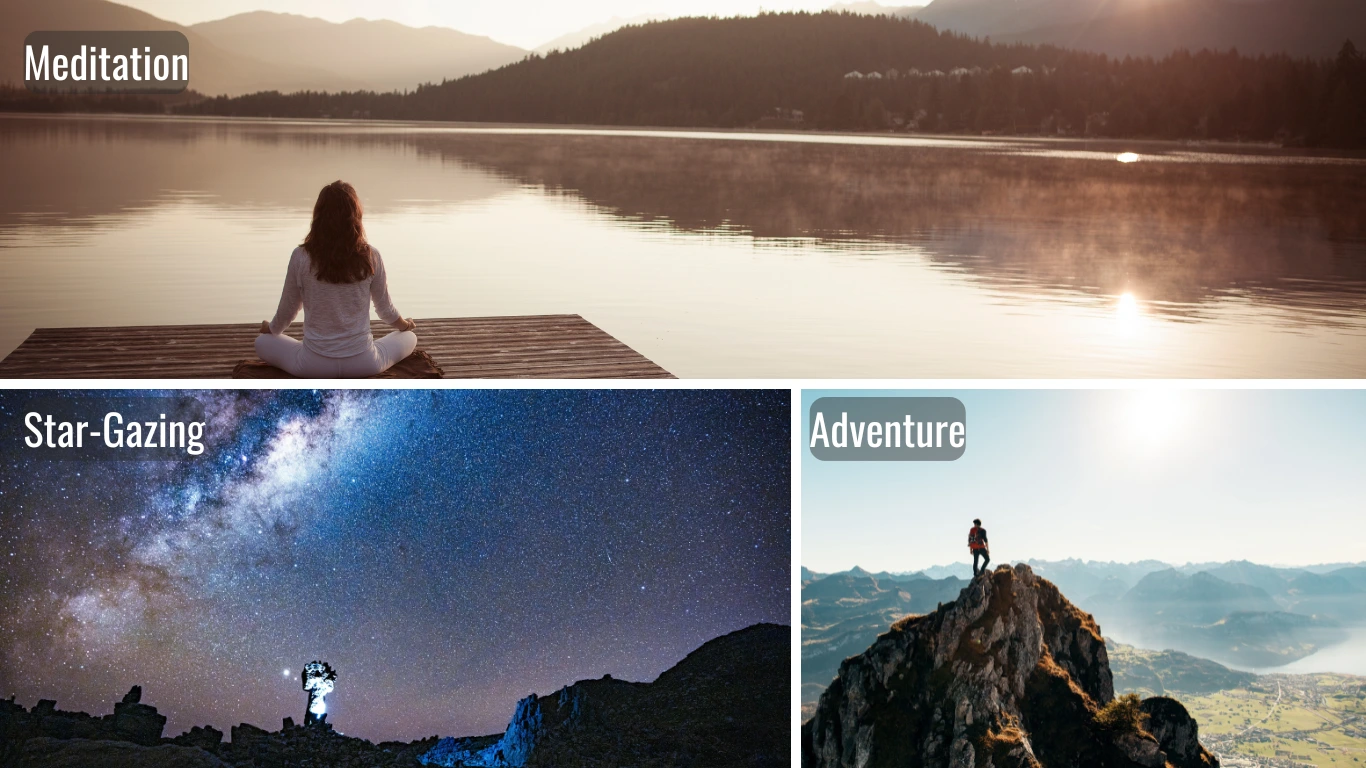INTRODUCTION
Climate change is looming upon us all. The summers are growing hotter, storms erratic, and seasons are deviating from their expected rhythms. Each year, international organizations like the United Nations Environment Programme and the IPCC reports raise fresh alarms about the deteriorating condition of the environment and our planet. Big nations and corporations have pledged to fight climate change by introducing policies which attempt to keep the average world temperature below 1.5C. But individuals and local groups can also take positive action on climate through various methods. One such way is to reconnect with nature. This blog explores some of the activities we can perform to come close to nature.
1. MEDITATION IN NATURE

Spending time with nature can be one of the simplest ways to experience meditation. The living and moving objects of nature create a naturally meditative and creative state which anyone can tap into. For instance, sitting by a quiet pond, listening to a rushing river, basking warm sunlight, gazing at the clear blue sky, and feeling the fresh wind on the skin can develop a space for inner silence and reflection that’s conducive to meditation.
These activities do not demand much from us humans, and all we have to do is be close to them when they are happening. Going to a waterfall and listening to the sound of the water falling continuously in a stream can be a great meditative experience. It is no wonder that the great meditation master – Gautama Buddha chose the base of the Peepal Tree as his final meditation spot which granted him enlightenment. Just being close to nature and sitting under a tree opens a space of beauty, reflection, contemplation, meditation, and enlightenment. Performing meditation in nature can be a great activity to get closer and feel connected to nature.
2. EXPLORING THE WILDERNESS & ADVENTURE
We may have overloaded our lives with modern lifestyle and urban gadgets, but our roots go way back to the soil, the wind, the water, and fire. Despite growing and evolving, we have not lost our primal instincts, and the hunger for adventure remains latent and inherent in every human heart.
One of the best ways to tap into this inner drive is to explore the wilder side of nature and plan adventure trips with friends and guides. Discovering fresh wonders and finding favorite nature spots can be a really good reason to get away from the everyday hustle bustle of the city. It has the scope to sharpen our senses, make us more alert and be aware of our surroundings. Of course, there remains a bit of danger in living near the wilderness, but that danger can help us understand our own fears and desires that are lurking in our unconsciousness. Sometimes when are bodies are jam packed and stressed up to the neck, all we need is a burst of adrenaline rush that comes from exploring nature & the adventure which ensues from it. Here are some activities that help us connect with nature:
Star Gazing
The night sky is brimming with ancient wisdom and fresh wonder, but the city light, smoke, and pollution cloud the beauty of the celestial realm. Planning a trip to hilly areas far away from the toxic atmosphere of city can become an exciting exploration of the astronomical realms. So, do not imprison the Kepler & Galileo within you, and begin your expedition that bring you close to the cosmic landscape.
Hiking
Visiting a hill station to free oneself from the stressful demands of urban modern life has almost become a cliche. Nowadays, famous hills and mountains have become so polluted & populated due to active tourism, that even hills begin to resound with echoes of honking cars that disturb the peace and sanctity of valleys.
In such an atmosphere, planning a hiking trip to undiscovered spots can kindle the adventure spirit within us, allowing us to imbibe the beauty of the wilderness, get some blood pumping, and learn a bit or two about the rocks, plants, animals, and ourselves.
Camping
Camping takes rawdogging to another level. Forget not having phones or books – you won’t even have toilet. It’s an opportunity to get back to basics and gain the ultimate primal human experience of finding food and shelter. If you wish to get a perspective of the shift from Holocene to Anthropocene, there’s no better alternative than going out for camping. It’s a time spent in the womb of Nature, away from human comforts & domination, where each owl hoot and bear mark can remind us of our place in the great chain of things.
3. GARDENING & CARING FOR PLANTS

Gardening and spending time with plants can be one of the most peaceful and nurturing activities we can perform as a human being. It brings us closer to the fundamental process of life – to the rhythms between the soil, the sunlight, the wind, the water, and the seeds. Simple acts like taking care of plants, watering them, putting them out in the sunlight, cutting and pruning can foster a sense of environmental care within us and nurture a sense of responsibility. Plants also bring a peaceful and quiet aura to a space, greening it up and creating possibilities for the development of flowers. The fact that plants actually contribute towards absorption of carbon and release of oxygen should be the number one factor to engage with this activity on a massive scale.
Soil, natural grass, plants, shrubs, and flowers contribute towards the development of ecological biodiversity creating a system for butterflies, bees, and insects to thrive. They also keep their surroundings cool as they don’t absorb heat unlike their concrete and asphalt counterparts that are so prominent in city spaces. Furthermore, they provide natural shade, clean air, and fresh respite from the everyday environmental extremities.
Activities like gardening, planting trees, and caring for indoor plants can be a great way to come closer to nature and engage with it. They can develop a sense of responsibility in us, connecting us with the natural rhythms of life – making us more aware about the environment around us. Ultimately, it can lead us to experience the unmitigated loss that the natural world suffers due to our collective action fueled by our busy modern lives that pollute resources and destroy natural habitat. It can prompt us to take collective action to protect these living assets and understand their role & importance in contributing towards the natural evolution of life.
4. NATURE ART
A very famous poem called I Wandered Lonely As A Cloud by William Wordsworth is actually a simple poem on experiencing the innocence and beauty of the flowers in a field. It is poetry prompted by nature and presented as a response to the natural beauty of the world. Similarly many great painters, artists, poets, and musicians have felt connected to nature thinking of it as a source of endless inspiration, and often admiring the indescribable beauty and sanctity of nature and natural objects.

For instance, the famous golden ratio which forms the basis of many modern art dimensions like the A1 to A5 paper size or the aspect ratios can be observed in natural objects like galaxies, shells, flowers, and even the human face. Nature presents the most organic designs, glorious paintings, mysterious poems, wild stories, and countless other real life sources that inspire art and creative expression. Most of the everyday art around us tries to mimic natural shapes, colors, and phenomena, even projecting seasonal and environmental occurrences to mythical stories of Gods & Goddesses who personify these things and create aesthetic effects.
Spending time with nature, observing its slow animation, witnessing the interplay of light and shadows, and being aware of the life that thrives in natural settings can be one of the greatest sources of inspiration that springboard our own artistic endeavors. Often natural and scenic beauty creates a profound response in us, compelling us to capture pictures and videos even when we are not used to these things. The attractive lull we feel for nature is a proof of our interconnectedness with the environment, and by getting closer to it, we can create great works of art. Nature can serve as the origin point for painting, poetry, stories, images, videos, design, and countless other things that baffle human mind and imagination due to their simplicity, beauty, and grandiosity.
5. FLOWER & TREE IDENTIFICATION
The floral kingdom of our planet is bestowed with great diversity that surpasses the human ability to name and label them. Even to this day, botanist discover parts and species of plants that are not known to humankind, and open bright avenues for space of curiosity and understanding.
Learning the names and basic properties of flowers, shrubs, leaves, and trees can be a fun activity for people of all ages, letting them explore the nuances of the natural world. It can be a great way to connect with our everyday natural surroundings and it increases our understanding of the plant world that plays a role in our life as well. Often due to privatization and commercialization, we are blinded to the presence of natural beauty and resources like leaves, flowers, and fruits around us, even failing to distinguish between edible and inedible items like berries and mushrooms.
Identifying plants, learning their names and basic properties can be a wonderful start to educating ourselves about the floral world so that we may take informed decisions about cultivating ecological habitats around us that support natural growth and biodiversity.
For instance, some trees and leaves like the Pride of India are extremely beneficial to human health as they produce a large amount of oxygen and help in purifying the air. Likewise, some trees produce less smoke when burning, while others can even produce toxic fumes when ignited. Understanding the basics and fundamentals of the plant life around us can really enhance our knowledge, and feel us more connected to nature.
CONCLUSION
Reconnecting with nature is more than a source of relaxation; it is a powerful way to foster personal well-being and environmental awareness. Activities like meditating outdoors, gardening, exploring the wilderness, or creating nature-inspired art help us rediscover our bond with the natural world. These experiences not only offer moments of peace and inspiration but also remind us of our responsibility to protect the ecosystems that sustain life on Earth.
In a world grappling with climate change, such practices take on a deeper meaning. By engaging with nature, we transform environmental conservation from an abstract ideal into a tangible, lived experience. Every small step—whether planting a tree, observing wildlife, or simply appreciating a sunset—strengthens our connection to the planet and inspires action for a more sustainable future.






